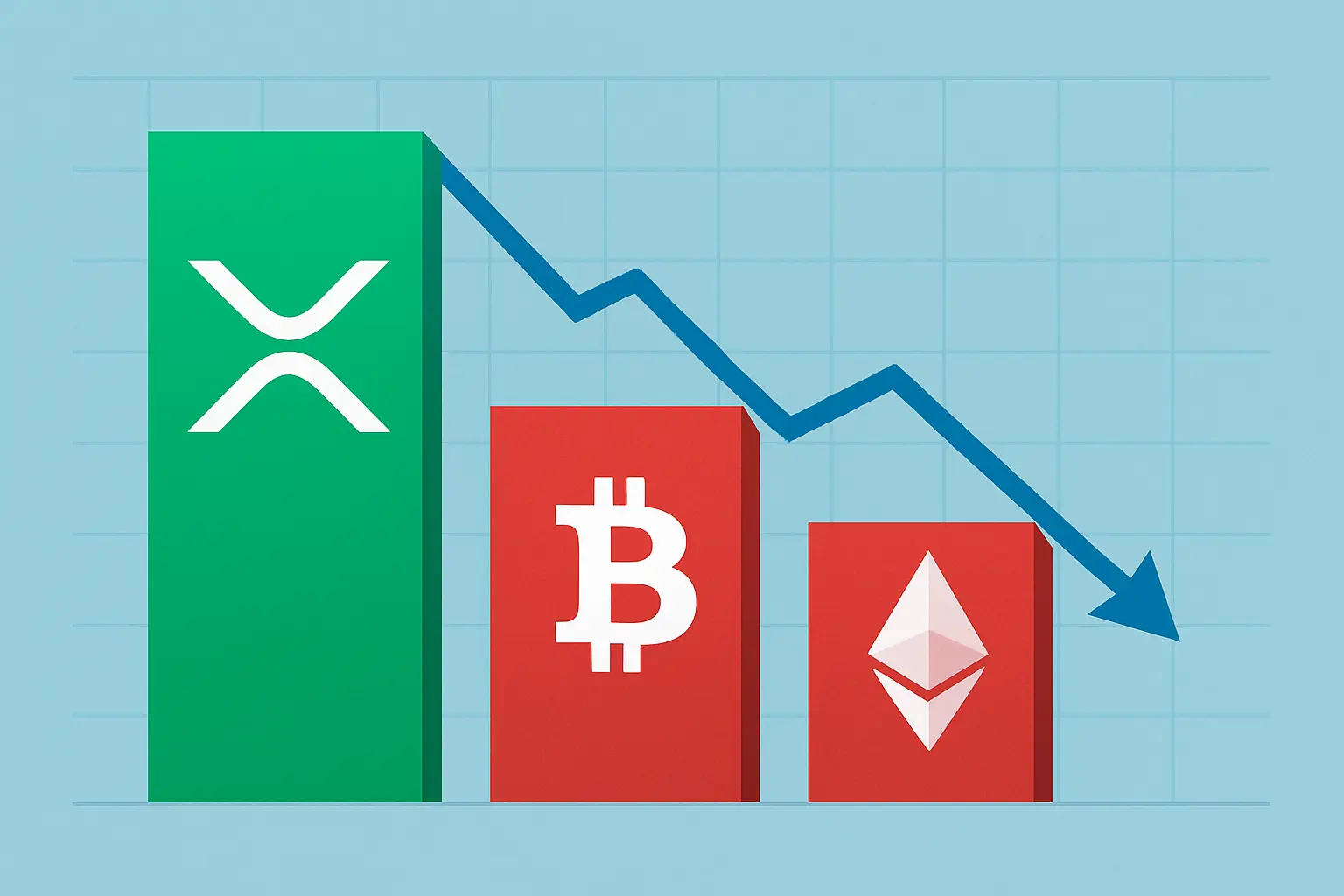Cryptocurrency News
Crypto Treasuries Top 100 Billion Dollars As Ethereum Celebrates 10 Years: A New Era In Finance

Introduction
As Ethereum marks its tenth anniversary, the cryptocurrency world is reflecting on a decade of profound innovation and transformation. Launched in 2015, Ethereum revolutionized blockchain technology by introducing smart contracts and decentralized applications, setting the foundation for what many call Web3. Now, ten years later, Ethereum’s impact is unmistakable. One of the most significant milestones achieved during this time is the crossing of the 100 billion dollar mark in crypto treasuries held by institutions worldwide. This milestone is more than a simple number; it highlights a fundamental shift in how enterprises and governments approach finance, investments, and digital assets.
The Rise Of Ethereum: A Decade Of Innovation And Adoption
Ethereum began as a bold vision by Vitalik Buterin and a team of developers who sought to expand blockchain technology beyond just currency. While Bitcoin introduced the concept of decentralized money, Ethereum created a programmable blockchain capable of executing smart contracts automatically. This ability to self-execute code opened vast possibilities, allowing developers to create decentralized finance (DeFi) platforms, non-fungible tokens (NFTs), decentralized autonomous organizations (DAOs), and much more.
In its early years, Ethereum was predominantly the realm of developers, enthusiasts, and crypto traders. However, as the technology matured, larger players began to take notice. By the mid-2020s, Ethereum had become the backbone for a rapidly growing ecosystem that included thousands of projects and millions of users globally. The widespread adoption of Ethereum-based applications by institutional investors and enterprises laid the groundwork for the latest milestone — crypto treasuries surpassing 100 billion dollars.
Institutional Growth And The Evolution Of Crypto Treasuries
Crypto treasuries refer to digital asset reserves held by companies, funds, and governments. These reserves represent not only a store of value but also a strategic investment into the blockchain economy. Over the past decade, several institutions began to recognize the potential of cryptocurrencies as both a hedge against traditional market volatility and a growth asset.
Initially, only a handful of crypto-native companies and venture funds maintained significant crypto treasuries. But today, the landscape is vastly different. Corporations across various industries, from technology and finance to manufacturing and retail, have integrated digital assets into their balance sheets. Governments have also started exploring blockchain technology for public finance management and sovereign wealth strategies.
The milestone of 100 billion dollars in crypto treasuries is a clear indicator that digital assets are no longer niche or speculative. Instead, they have become a mainstream financial tool embraced by serious institutional players.
Driving Forces Behind The $100 Billion Milestone
Several key factors have contributed to this unprecedented growth in crypto treasuries:
1. Enterprise Adoption of Blockchain Technology
Enterprises have increasingly embraced blockchain to improve transparency, security, and efficiency in their operations. Ethereum’s programmable blockchain offers customizable solutions that have been pivotal in sectors like supply chain, finance, and healthcare. This growing utility has encouraged companies to accumulate crypto assets to engage directly with decentralized networks and ecosystems.
2. Regulatory Clarity and Support
One of the biggest hurdles for institutional adoption in the early years was regulatory uncertainty. Governments worldwide struggled to categorize and regulate cryptocurrencies consistently. Over the last few years, however, many jurisdictions have established clearer frameworks and compliance standards that reduce legal risks. This clarity has emboldened companies and financial institutions to allocate significant capital to crypto holdings.
3. Expansion of DeFi and Financial Products
Decentralized finance has emerged as one of the most transformative developments on Ethereum. DeFi protocols enable lending, borrowing, trading, and yield generation without intermediaries. This ecosystem has matured to offer robust, audited, and insured products that appeal to institutional investors seeking high returns and diversification. The integration of DeFi strategies into treasury management has driven more companies to accumulate and manage crypto assets actively.
4. Increasing Government Engagement
Several governments have launched initiatives to integrate blockchain in their financial systems and maintain crypto reserves. From central banks exploring digital currencies to sovereign wealth funds diversifying portfolios, governmental involvement signals growing institutional confidence in crypto as part of global finance.
Implications For The Future Of Finance
The surpassing of 100 billion dollars in crypto treasuries on Ethereum’s tenth anniversary represents a pivotal moment in finance history. This figure is not just a milestone; it is a harbinger of how blockchain and digital assets will reshape financial ecosystems globally.
Reshaping Corporate Treasury Management
Traditional corporate treasury management has relied heavily on cash, bonds, and other conventional financial instruments. With blockchain assets now firmly integrated, treasury departments are rethinking risk management, liquidity strategies, and asset allocation. Cryptocurrencies, particularly those on Ethereum, offer new opportunities to earn yield, hedge inflation, and participate in decentralized ecosystems.
Enhanced Transparency and Security
The transparent and immutable nature of Ethereum’s blockchain provides institutions with unprecedented auditability and security for their assets. This transparency reduces fraud risk and improves governance, crucial for public companies and regulated entities.
New Financial Instruments and Market Dynamics
The tokenization of assets and programmable contracts on Ethereum have created entirely new financial instruments that can be customized and executed automatically. This innovation allows institutions to develop tailored investment products and smart treasury functions, creating efficiencies that traditional finance cannot match.
Challenges And Considerations
Despite the impressive growth, managing crypto treasuries comes with unique challenges. Volatility remains a significant concern, requiring sophisticated risk management techniques. Custody solutions must be highly secure, and regulatory environments can still shift unpredictably.
Moreover, institutional investors must navigate technical complexities and integrate blockchain assets into existing financial infrastructures. Education and expertise are critical to avoid operational risks and capitalize on opportunities effectively.
Conclusion
Ethereum’s 10th anniversary and the milestone of over 100 billion dollars in crypto treasuries underscore a decade of relentless innovation and adoption. What began as a visionary project has matured into a foundational pillar of the modern financial system, bridging traditional institutions and the emerging decentralized economy.
As enterprises and governments continue to embrace blockchain technology and digital assets, the coming years promise further growth and integration. This transformation is redefining finance, creating new paradigms of transparency, efficiency, and inclusivity. The journey is just beginning, but Ethereum’s ten years of progress have already proven that the future of finance is decentralized, programmable, and borderless.











